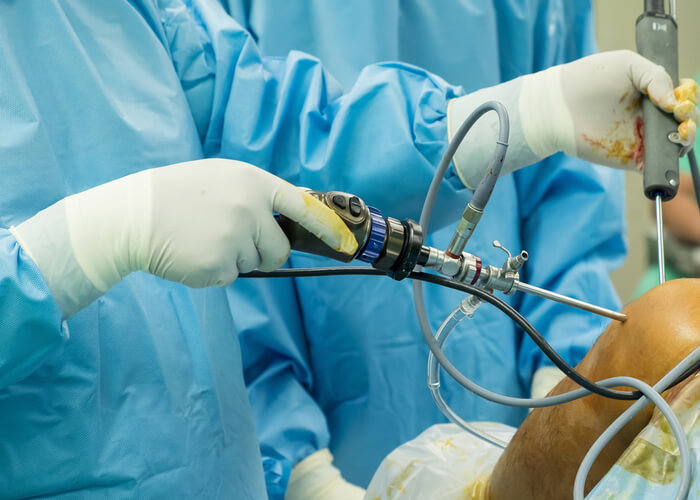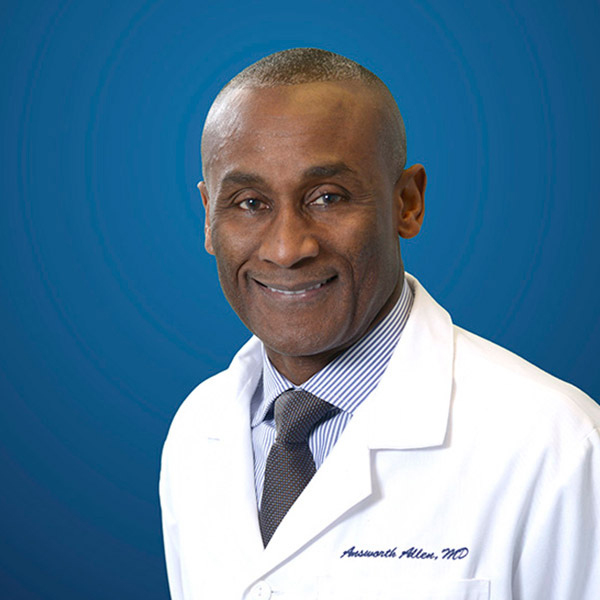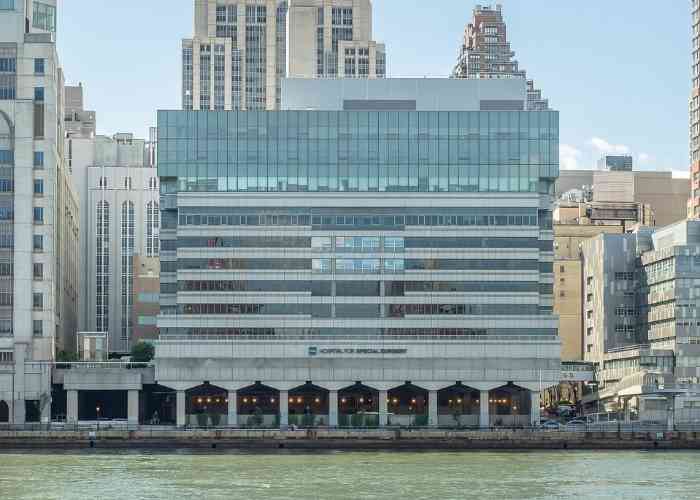What causes shoulder instability?
One of the more complex joints of the human body, the shoulder is formed by a ball-and-socket joint consisting of the head of the humerus (upper arm bone) and the glenoid portion of the scapula (shoulder blade). Although this ball-and-socket arrangement allows for movement in several directions, the tendons, ligaments, and labrum (fibrous cartilage) provide poor stability as the soft-tissue restraints of the shoulder joint. This lack of stability can make the humerus and scapula easily separable in the event of blunt force trauma to the shoulder. In a shoulder dislocation, the ligaments and tendons are stretched or torn from their attachment site. The damage to these soft tissues weakens their ability to provide strength and stability to the shoulder ultimately resulting in shoulder instability that can cause recurrent dislocations. Dr. Answorth A. Allen, orthopedic shoulder surgeon, treats patients in Manhattan, New York City, Westchester, Long Island and surrounding areas who have suffered multiple shoulder dislocations and are in need of an arthroscopic stabilization for shoulder instability.

What is arthroscopic stabilization for shoulder instability?
Dr. Allen prefers the arthroscopic approach for stabilizing the shoulder joint. In this minimally invasive procedure, a small camera (arthroscope) is used to visualize the muscles, tendons, and ligaments of the shoulder joint. Specialized surgical instruments are utilized to remove the damaged tissues. The remaining ligaments are then fastened to the glenoid bone with sutures and surgical anchors that are secured within the bone. These anchors will realign the joint back to its correct anatomical position and secure it in place.
On occasion, joint stabilization may need to be repaired by open surgery. This surgical approach employs a slightly larger incision to better visualize the entire shoulder while completing the necessary revisions. Dr. Allen may recommend open surgery over an arthroscopic surgical repair for patients with bone loss, chronic or re-current shoulder instability, or when a shoulder dislocation was unable to be successfully reduced.
What is a capsular shift?
A capsular shift is an open surgical procedure used to tighten the joint capsule. The subscapularis muscle that is part of the rotator cuff is meticulously incised giving access to the shoulder capsule. Dr. Allen splits the capsule then pulls the bottom portion up and the top portion is pulled down to overlap. Similar to a tailor, these overlapping portions are then sutured closed to reduce the volume of the shoulder capsule. The open capsular shift is an effective surgical technique for improving shoulder instability.
How long is the recovery period after arthroscopic stabilization for shoulder instability?
The recovery period after shoulder stabilization is dependent, in part, upon the surgical approach utilized by Dr. Allen. The minimally invasive arthroscopic approach does shorten the recovery time; however, the tendons and ligaments will still take the same amount of time to heal. After a successful shoulder stabilization, most patients can expect a full recovery in 4-6 months with a year or more of continued improvement. In general, patients in New York can expect the following:
- A sling will be applied immediately following surgery. This sling will keep the shoulder immobilized for approximately 6 weeks.
- A combination of ice and non-steroidal anti-inflammatory medications are used for pain management. Dr. Allen may prescribe strong pain medications to be taken as directed.
- Adhering to and completing the physical rehabilitation, which usually begins 6 weeks post-op, is the key to a successful recovery. This program will focus on restoring range of motion and strength.
Shoulder Instability Surgeon

Frequent dislocations of the shoulder can cause chronic instability of the shoulder joint. Dislocation stretches and damages the tendons and ligaments surrounding the joint, reducing stability and strength of the shoulder joint. Arthroscopic stabilization is a safe, minimally invasive option to repair instability. Complex shoulder surgeon Doctor Answorth Allen has experience diagnosing and treating patients in Manhattan, New York City, Westchester, Long Island and surrounding areas. Contact Dr. Allen’s team today!






